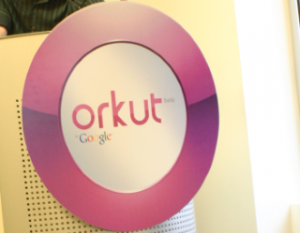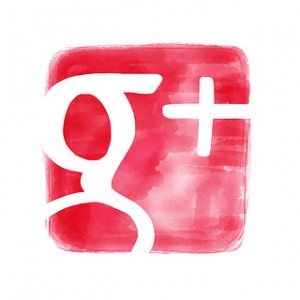 Online advertising is a key component of most brand marketing plans, but how many of the ads that are paid for by brands are actually viewed by consumers?
Online advertising is a key component of most brand marketing plans, but how many of the ads that are paid for by brands are actually viewed by consumers?
Based on the industry standard identified by the Media Rating Council, an online ad is considered viewable when at least 50% of the ad’s pixels are actually in view on the screen for a minimum of one second. Using that standard, Google reviewed its entire display ad platform to determine what factors affect ad viewability, which ads are performing better in terms of viewability, and which ads are performing worse.
Google measured performance using a viewability rate, which was calculated as the percentage of ads that were viewable out of the total number of ads that were measured. The results of the research are enlightening with four key factors rising to the top as having significant effects on display ad viewability.
1. Publishers
A total of 56.1% of display ads served by all publishers were non-viewable, but those ads were served by a small number of publishers. Overall, the average publisher non-viewability is 48.8%.
2. Position
You might think that ads at the top of a web page are the most viewable, but that’s not true based on Google’s findings. The most viewable online ad position in this study was immediately above the fold, not at the top of the page. In fact, this position was most viewable for 300 x 250, 728 x 90, and 320 x 50 ad sizes. Overall, viewability rates were higher in this study for ads positioned above the fold (68%) than below the fold (40%).
3. Size
The most viewable ad size is 120 x 240 (55.6% viewability rate). The least viewable online ad size is 300 x 250 (41.0% viewability rate). It’s important to note that vertical ad units, which stay on the user’s screen longer as they scroll down the page, are the most viewable ad size overall. The complete breakdown of viewability by ad size is as follows:
- 120 x 240 = 55.6%
- 240 x 400 = 54.9%
- 160 x 600 = 53.7%
- 120 x 600 = 52.5%
- 468 x 60 = 48.2%
- 300 x 600 = 46.3%
- 970 x 90 = 45.2%
- 728 x 90 = 45.0%
- 300 x 250 = 41.0%
4. Industry
Google reports, “Content that holds a user’s attention has the highest viewability,” as you’d expect. Viewability rates were highest for the reference (51.9%), online communities (48.9%), games (48.4%), arts and entertainment (48.0%), and jobs and education (47.8%) industries. Viewability rates were lowest for the business and industrial (47.2%), computers and electronics (47.1%), science (46.6%), internet and telecommunications (46.4%), and hobbies and leisure (44.8%) industries.
As you develop your display advertising plans for 2015, be sure to consider these research findings. They are very likely to affect your ROI!
Image: Paul Barker
Susan Gunelius is the author of 10 marketing, social media, branding, copywriting, and technology books, and she is President & CEO of KeySplash Creative, Inc., a marketing communications company. She also owns Women on Business, an award-wining blog for business women. She is a featured columnist for Entrepreneur.com and Forbes.com, and her marketing-related articles have appeared on websites such as MSNBC.com, BusinessWeek.com, TodayShow.com, and more.
She has over 20 years of experience in the marketing field having spent the first decade of her career directing marketing programs for some of the largest companies in the world, including divisions of AT&T and HSBC. Today, her clients include large and small companies around the world and household brands like Citigroup, Cox Communications, Intuit, and more. Susan is frequently interviewed about marketing and branding by television, radio, print, and online media organizations, and she speaks about these topics at events around the world. You can connect with her on Twitter, Facebook, LinkedIn, or Google+.


